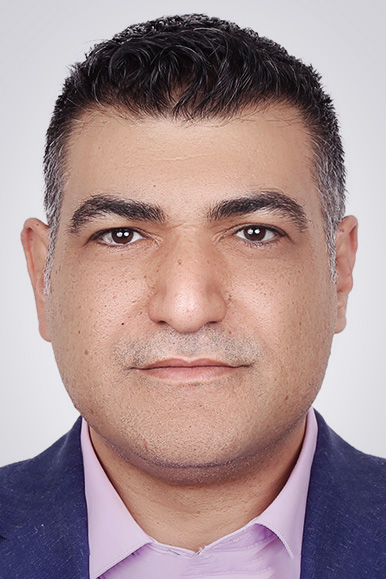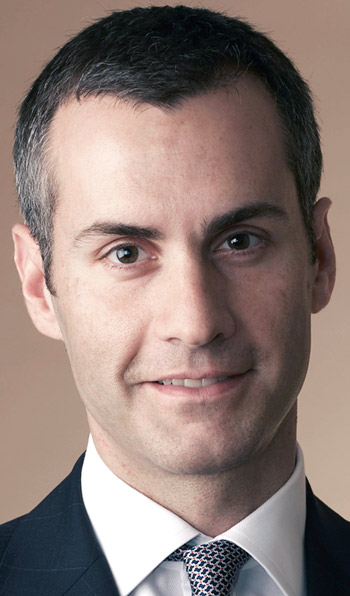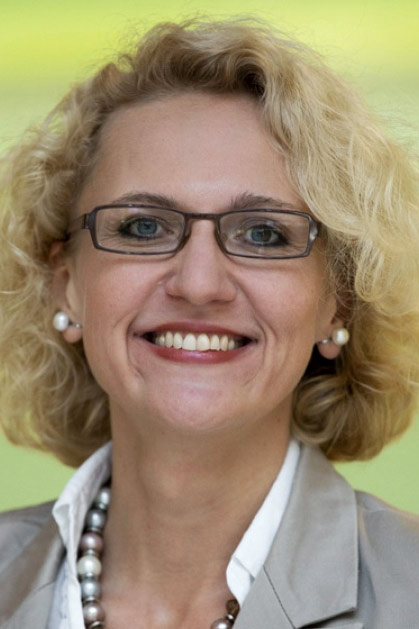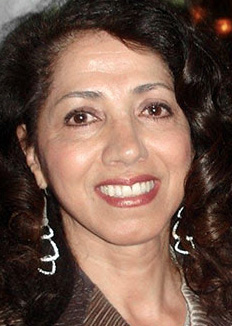

 ICANN's role in Smart Africa's governance blueprint highlights a widening divide between legality and legitimacy. Funding and participation occurred without early community consultation, raising concerns about procedural integrity, RIR independence, and the precedent such interventions may set for global Internet governance.
ICANN's role in Smart Africa's governance blueprint highlights a widening divide between legality and legitimacy. Funding and participation occurred without early community consultation, raising concerns about procedural integrity, RIR independence, and the precedent such interventions may set for global Internet governance.
 ICANN is finalising a policy to curb DNS abuse, aiming to preserve internet stability while defending freedom of expression. With regulatory pressure mounting, the multistakeholder model faces a critical test.
ICANN is finalising a policy to curb DNS abuse, aiming to preserve internet stability while defending freedom of expression. With regulatory pressure mounting, the multistakeholder model faces a critical test.
 As multistakeholder governance nears a critical juncture, leaders must navigate diverging views, geopolitical pressures and technological upheaval. With sovereignty concerns mounting, the Internet's institutions face a complex future that demands deft stewardship.
As multistakeholder governance nears a critical juncture, leaders must navigate diverging views, geopolitical pressures and technological upheaval. With sovereignty concerns mounting, the Internet's institutions face a complex future that demands deft stewardship.
 As ICANN prepares to expand the domain name space, calls grow for a public-law framework to govern the DNS root, ensuring global equity, transparency, and accountability in managing the Internet's core infrastructure.
As ICANN prepares to expand the domain name space, calls grow for a public-law framework to govern the DNS root, ensuring global equity, transparency, and accountability in managing the Internet's core infrastructure.
 AFRINIC-The Regional Internet Registry for Africa has finally successfully conducted its 2025 Board of Directors Elections! The elections were held from September 10 to 12, 2025. This fresh leadership marks the beginning of a new era after years of turbulence and uncertainty for the organization.
AFRINIC-The Regional Internet Registry for Africa has finally successfully conducted its 2025 Board of Directors Elections! The elections were held from September 10 to 12, 2025. This fresh leadership marks the beginning of a new era after years of turbulence and uncertainty for the organization.
 The legitimacy of the ICANN multistakeholder model and its governance framework are facing an existential threat requiring immediate attention. The recently announced results of the ICANN Nominating Committee highlight how the ICANN Board is captured by "affiliated" directors, which threatens its independence and ability to act for the public interest.
The legitimacy of the ICANN multistakeholder model and its governance framework are facing an existential threat requiring immediate attention. The recently announced results of the ICANN Nominating Committee highlight how the ICANN Board is captured by "affiliated" directors, which threatens its independence and ability to act for the public interest.
 2025 is not a banner year for the status quo. A fashion for deregulation, ignoring processes and questioning whatever was long-established is finding enough adherents that even things which work well are being upended. That's why those looking for leverage to use in hurried dealmaking, or countries with plans to rebalance where digital power lies, may find a handy tool in ICANN.
2025 is not a banner year for the status quo. A fashion for deregulation, ignoring processes and questioning whatever was long-established is finding enough adherents that even things which work well are being upended. That's why those looking for leverage to use in hurried dealmaking, or countries with plans to rebalance where digital power lies, may find a handy tool in ICANN.
 A Supreme Court judge in Mauritius has been appointed to investigate AFRINIC, Africa's IP address registry, following allegations of misconduct, legal irregularities, and criminal falsification. The inquiry marks a pivotal moment in African internet governance, with implications for regional digital infrastructure and the continent's credibility in managing critical online resources.
A Supreme Court judge in Mauritius has been appointed to investigate AFRINIC, Africa's IP address registry, following allegations of misconduct, legal irregularities, and criminal falsification. The inquiry marks a pivotal moment in African internet governance, with implications for regional digital infrastructure and the continent's credibility in managing critical online resources.
 Today, I share a warning about serious changes to the Community Priority Evaluation (CPE) of the New gTLD Applicant Guidebook. They are not driven by public comment, but by a few voices within the SubPro Implementation Review Team - and they are very likely to lead to disastrous misappropriation of well-known community names, including those of Tribes, Indigenous Peoples and NGOs around the world.
Today, I share a warning about serious changes to the Community Priority Evaluation (CPE) of the New gTLD Applicant Guidebook. They are not driven by public comment, but by a few voices within the SubPro Implementation Review Team - and they are very likely to lead to disastrous misappropriation of well-known community names, including those of Tribes, Indigenous Peoples and NGOs around the world.
 What might look like a routine procedural dispute over votes is, in fact, a glaring reminder that Regional Internet Registries (RIRs) are now geopolitical pressure points - and that ICANN's oversight of RIR governance must evolve to meet these risks. On 23 June 2025, AFRINIC, the RIR that serves Africa, attempted to hold long-delayed elections to restore stability after years of legal battles and board paralysis. Yet instead of restoring trust, the process imploded almost immediately.
What might look like a routine procedural dispute over votes is, in fact, a glaring reminder that Regional Internet Registries (RIRs) are now geopolitical pressure points - and that ICANN's oversight of RIR governance must evolve to meet these risks. On 23 June 2025, AFRINIC, the RIR that serves Africa, attempted to hold long-delayed elections to restore stability after years of legal battles and board paralysis. Yet instead of restoring trust, the process imploded almost immediately.